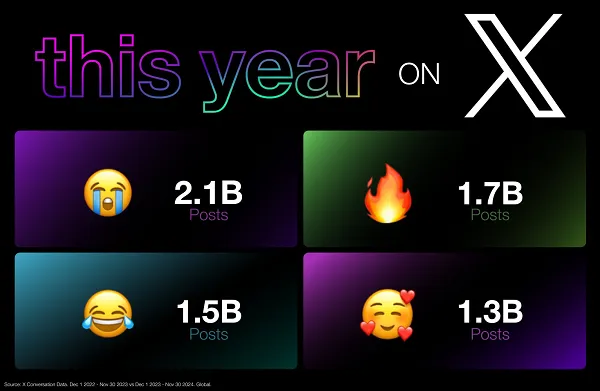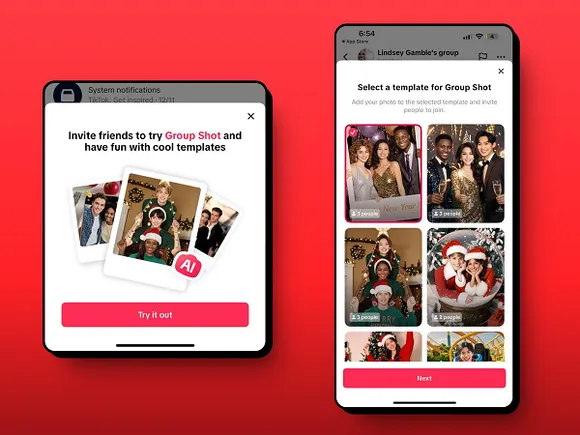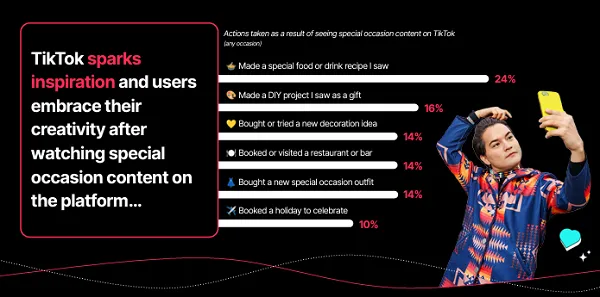When setting up a new digital asset management (DAM) system, governance is usually toward the bottom of the to-do list and, in some cases, forgotten altogether. You’re already juggling system configurations, legal compliance, user permissioning, taxonomy, metadata, training, etc. Do you need to worry about governance right away, too?
Yes, you do. Governance touches all those things and more. Without it, your DAM may bring more chaos than order in the long run. Don’t leave it out or push it to the last minute. A DAM governance structure should be top of mind from the start of your DAM journey.
What is DAM governance?
As you’re already aware — and hopefully didn’t learn the hard way — a DAM doesn’t run itself. It’s not a set-it-and-forget-it system.
In the context of a DAM, governance is the practice of maintaining and evolving standards, policies and best practices. It encompasses the people, processes and technology involved with digital asset management at your company.
Governance documentation defines the information, guidelines and policies that provide stability and keep your DAM running smoothly for the long term. This framework will prevent your DAM from turning into a junk drawer as your business and the system evolve, and stakeholders and end-users change commitments and flow in and out of your company.
Documented governance policies support risk management and ensure ongoing alignment with your overall business goals. DAM governance also includes continually collaborating with stakeholders to manage, change and adapt your system to your organization’s needs. It establishes and maintains communication between all relevant stakeholders for sustained DAM success.
Where do I start?
Many of the questions you’re addressing during the set-up and launch of your DAM are the same questions you need to focus on when defining your governance policies. Multi-task! Save yourself from having to revisit those questions later by defining and documenting the answers from the start.
Your governance documentation will be a living document that needs regular review and updating as your business and its priorities evolve. Like the DAM, it isn’t “set it and forget it.” You’ll thank yourself later if you remember it throughout your DAM journey rather than wait until a problem arises.
Your governance plan should address the following questions:
- What goes in the DAM?
- Who has access to the DAM? Which areas of content can they see with that access? And what are they allowed to do with the content they can see?
- What are the required naming conventions?
- Who is applying metadata? What standards and requirements do they have to follow?
- How will versioning be handled?
- What are your licensing and regulatory requirements?
- How are expired assets handled? What is the archiving process?
- Who is responsible for providing training?
- Who is responsible for enforcing and updating the DAM standards and requirements?
- How will changes and updates be communicated to your users?
- What is the reporting process when something goes wrong? Who is responsible for resolving which types of issues (technical, legal, content, etc.).
Does this list seem overwhelming right now? Then start with a basic purpose statement and build from there as you go. Why does your DAM exist? Who is it for, and what goals is it expected to achieve?
Dig deeper: A 12-step guide for implementing a digital asset management system
Keeping the peace: Working with DAM stakeholders
Putting your DAM policies and process requirements on paper is the easy part. Generating buy-in and enforcing those policies and requirements is where the hard work comes in. Your governance documentation has no value if its contents aren’t being implemented and enforced.
Your DAM is likely an enterprise-level system that must meet the needs of varying and, in some cases, competing divisions and departments within your company. Those departments need to have a voice if your DAM will be successful.
Don’t forget that you also have stakeholders in business areas that aren’t directly handling the assets flowing in and out of your DAM but have a vested interest in the success and proper management of the system. Your IT and legal teams need a voice alongside your marketing and creative teams. Buy-in from all levels of the organizational chart is critical to your DAM’s success — from leadership to end-users. You must look at the DAM user experience from all angles to get the full picture and provide the best experience. The key to making all this work is communication.
Be thorough when defining the roles and responsibilities of all your stakeholders. Make your expectations for their commitment to the DAM’s success clear. You want active and engaged stakeholders, and if someone isn’t living up to the expectations of their role, you should feel empowered to seek a replacement.
Be sure you’re referring to roles and not specific personnel names or titles in your documentation. People will leave the company or take on new internal commitments, and org charts will change. When new members are onboarded into the DAM team, having well-defined roles for them will ease the transition.
Likewise, be conscious of always giving everyone an equal voice. When you have a mix of strong personalities on your team of DAM stakeholders, it can be difficult not to give in to the loudest voice in the room or defer to the stakeholder representing the largest group of end-users.
You may consider instituting a voting policy for major decisions involving the DAM as part of your governance plan to give everyone an equal opportunity to help determine the path forward. Everyone needs to feel heard, or engagement will suffer.
Engaging regularly with your stakeholders from day one of your DAM journey will set the project off on the right foot. Begin holding meetings before your DAM is open to any end-users. Regularly review and address user feedback, assess if changes are needed to your processes and policies and evaluate the potential need for technical upgrades. Getting governance to stick in an already active system is exponentially more difficult. Not impossible, but challenging.
If you wait to address governance with your users and stakeholders until after the system has launched, most major decisions have been made. Getting everyone involved from the beginning fosters a feeling of ownership for the DAM and encourages ongoing investment in its success.
As your DAM moves through planning and launch into maintenance, your meeting cadence may become less frequent, but there is never an end. Meetings should continue so that you keep your stakeholders and your users involved. Their value doesn’t decrease once the DAM has rolled out and the governance documentation is written.
As the DAM evolves and grows, decisions will still need to be made, and they should always remain involved in those decisions. While the existing governance policies will guide future decisions, remember it is a living document. Always have clearly defined channels for stakeholders and end-users to offer feedback and suggestions for changes and improvements to workflows and processes.
Don’t hide your governance documentation away in a secret location. Make sure it’s easily accessible and open for users to review at any time. Always be open to questions and feedback about the documentation.
Dig deeper: Here’s why you need a DAM workflow — and how to map it out
I don’t need governance: I have a DAM manager
Don’t make the mistake of assuming that having a dedicated DAM manager role is your governance. Yes, they likely have a degree in library science or DAM management and are certainly well-versed in all the DAM best practices. They talk with users and consider their needs and opinions. So aren’t they ultimately responsible for all the decisions? They know the “right” way to manage a DAM — that’s why you hired them.
Well, sorry, but no. Having a single system manager unilaterally making all the decisions with no governance policies guiding them isn’t ideal. It’s certainly not the best way to get buy-in and have your users feel a sense of ownership for the system they’re using. And while the DAM manager may know all the best practices, they aren’t using the DAM every day as an end-user from all the different facets of your user base.
Yes, best practices are best practices for a reason, but they don’t always work for every scenario and situation. You can’t force a best practice if it is not the best solution for your particular users and their business needs.
The DAM manager will use the governance policies to guide you forward and maintain standards and order, but they’ll also recognize that sometimes you’ll need to be flexible when it comes to best practices. If sometimes being best-practice-adjacent makes the end-users’ lives easier and doesn’t introduce risk or disorder, you have to be willing to give an inch or two.
Happy DAM users are active DAM users who remain engaged in its long-term success. The success of the DAM depends as much on stakeholder and end-user involvement as it does the DAM Manager’s leadership.
Get MarTech! Daily. Free. In your inbox.
Opinions expressed in this article are those of the guest author and not necessarily MarTech. Staff authors are listed here.













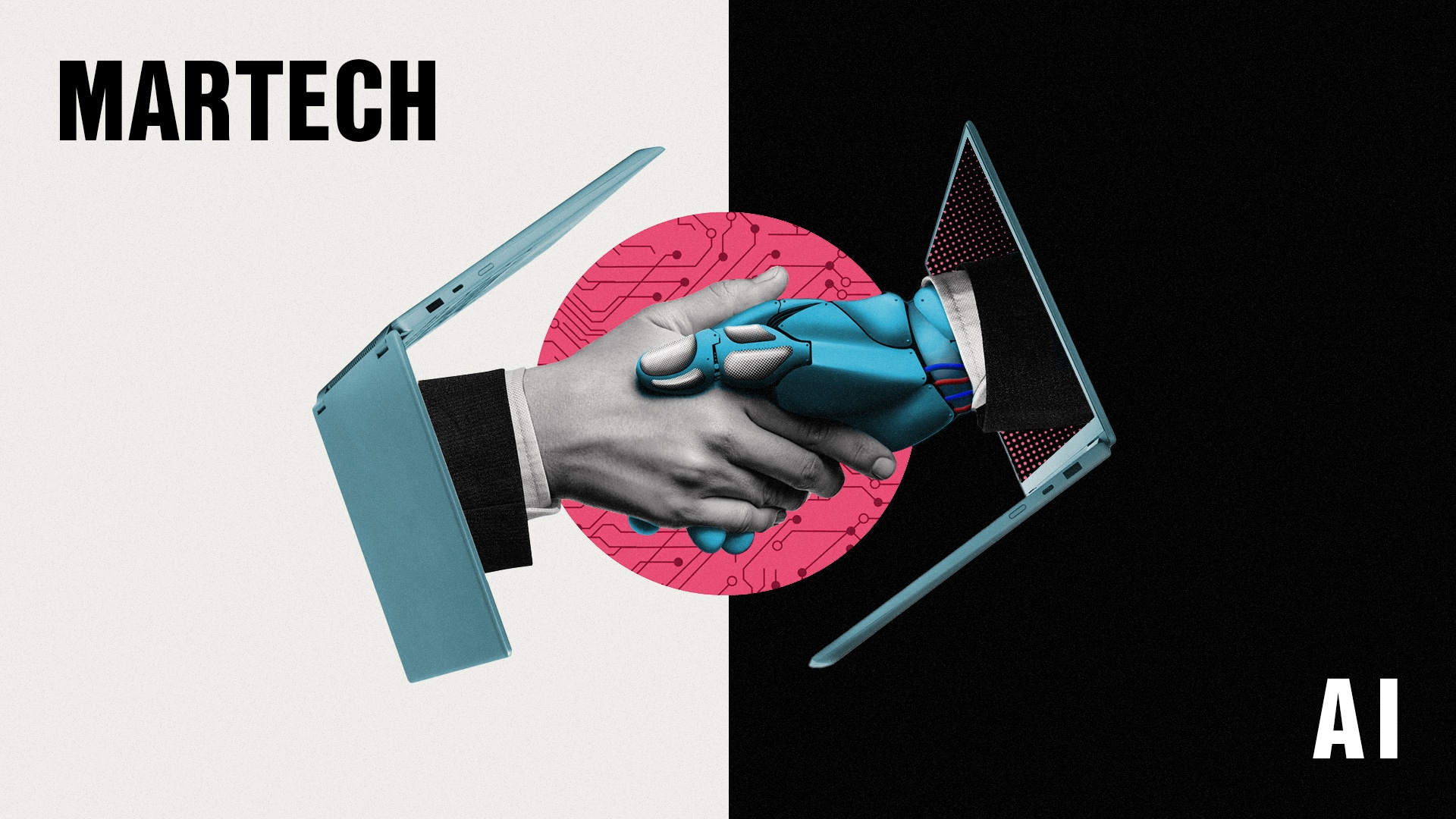







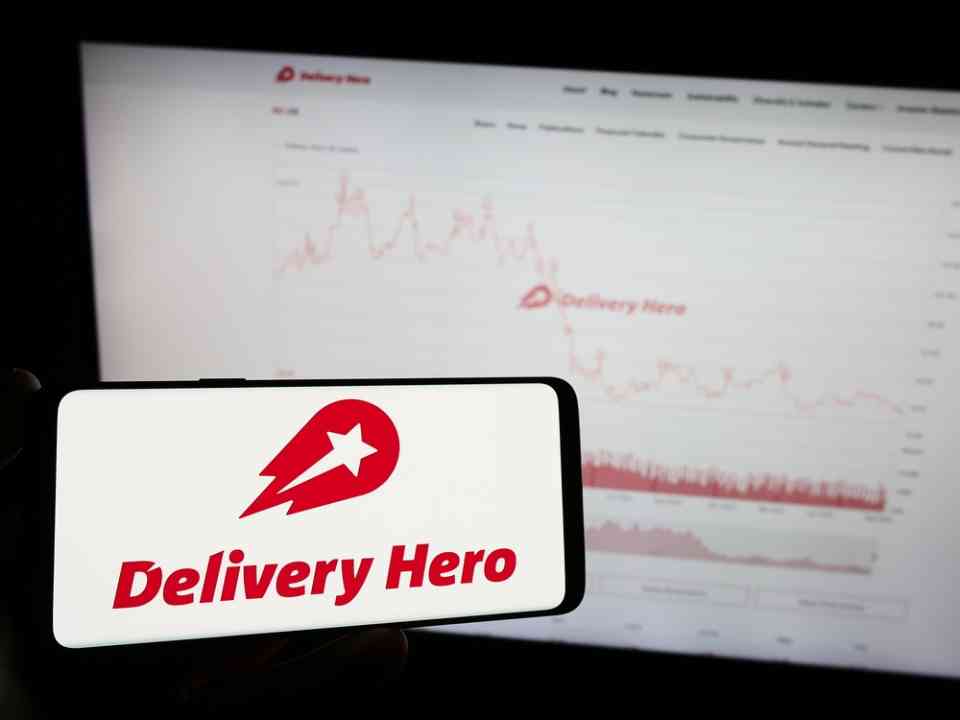


































![What App Features Are People Willing to Pay For? [Infographic] What App Features Are People Willing to Pay For? [Infographic]](https://imgproxy.divecdn.com/mHJQ6ffz2lGDUuF649StZz5xtI56ORDL5z-Cjs9ZUw8/g:ce/rs:fit:770:435/Z3M6Ly9kaXZlc2l0ZS1zdG9yYWdlL2RpdmVpbWFnZS9hcHBzX3RoYXRfcGVvcGxlX3BheV9mb3JfMi5wbmc=.webp)
